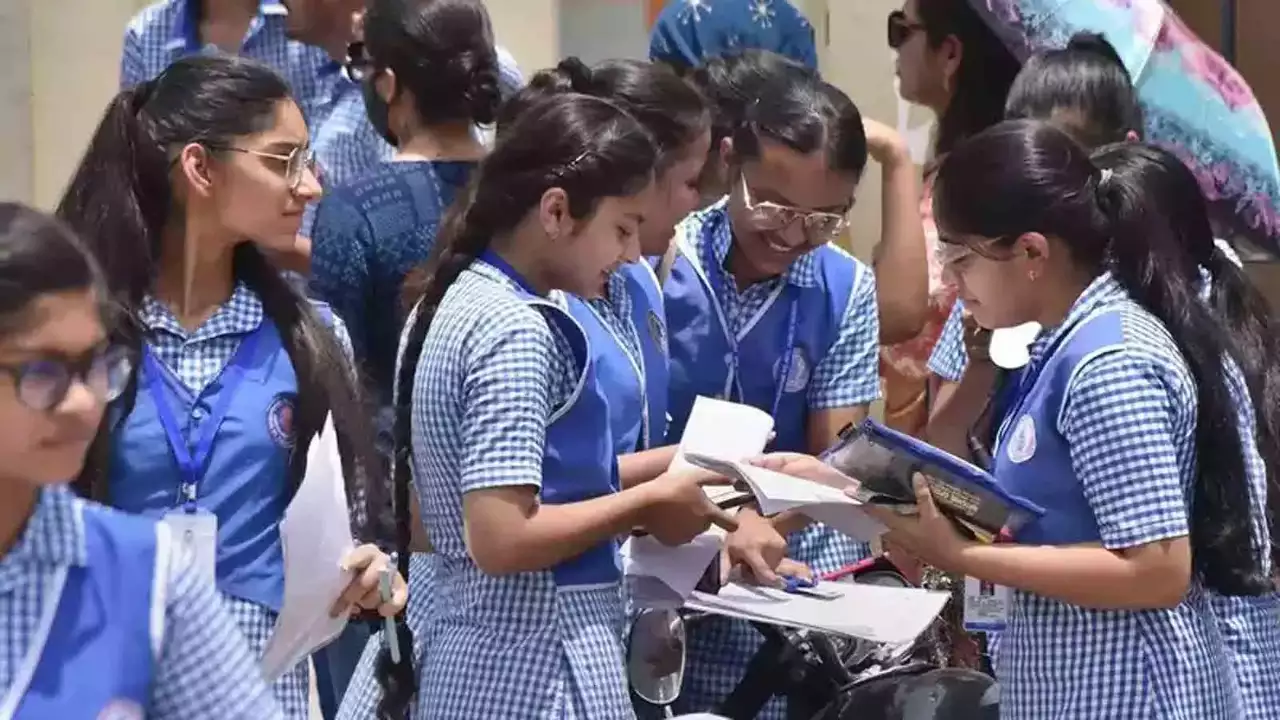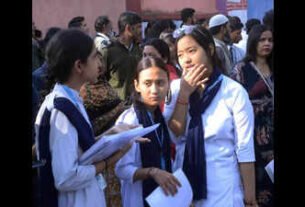The Central Board of Secondary Education (CBSE) plays a pivotal role in shaping the educational framework for numerous schools across India. Established to regulate and oversee educational standards, CBSE is responsible for implementing policies and guidelines that promote a conducive learning environment for students. Schools affiliated with CBSE are required to adhere to these standards, which encompass various aspects such as curriculum development, teacher training, infrastructure, and overall school management.
One of the tools employed by CBSE to ensure compliance with these mandates is the conduct of surprise inspections. These inspections are initiated to evaluate the authenticity of claims made by schools regarding their operational practices, staff qualifications, and adherence to prescribed guidelines. By executing unannounced visits, CBSE aims to ascertain the actual conditions within schools, thus ensuring that they maintain high standards of education and governance.
The rationale behind these surprise inspections is multi-faceted. Primarily, they serve to uphold accountability among educational institutions, ensuring that schools are not merely meeting the regulatory requirements on paper but are genuinely fostering an environment conducive to learning. Moreover, surprise inspections act as a deterrent against malpractices such as misrepresentation of qualifications, inadequate infrastructure, or negligence in maintaining educational quality. By addressing these issues proactively, CBSE seeks to promote trust and reliability in the educational system.
As educational standards continue to evolve, the role of surprise inspections has become increasingly significant in the Indian context. These measures help to ensure that schools remain aligned with CBSE’s vision of delivering quality education, thereby enhancing the overall educational landscape in the country. This sets a firm foundation to explore the various implications of these inspections, from show-cause notices to long-term effects on institutional credibility and student outcomes.
Details of the Inspections CBSE : What Was Found?
The recent surprise inspections conducted by the Central Board of Secondary Education (CBSE) unveiled several significant findings that call into question the adherence to CBSE standards among various schools. One prevalent issue identified during these inspections was the discrepancies in academic records. Inspectors discovered instances where schools maintained inaccurate or incomplete records of student performance and attendance, indicating a lack of proper documentation practices. This not only hampers academic integrity but also affects the credibility of the educational institution itself.
Another critical concern was the inadequate infrastructure observed in several inspected schools. Facilities including classrooms, laboratories, and libraries were often found to be lacking in terms of safety, accessibility, and resources. This deficiency in infrastructure can significantly hinder the learning experience and overall development of students. It raises alarms about the commitment of educational institutions to provide a conducive environment for academic growth as per the guidelines set by the CBSE.
Moreover, non-compliance with regulatory guidelines was a recurring theme during the inspections. Many institutions failed to meet the prescribed standards related to teacher qualifications, curriculum adherence, and student-teacher ratios. Such neglect not only contravenes CBSE regulations but also reflects a broader systemic issue within the education sector, where compliance with established norms may not be accorded the necessary emphasis. The implications of these findings highlight a pressing need for schools to reassess their operational practices and ensure alignment with CBSE regulations.
Overall, the insights garnered from these inspections serve to illuminate significant areas of concern regarding the education sector’s adherence to CBSE standards. Tackling these issues will be critical not just for individual schools, but for enhancing the overall quality of education within the system.
Consequences of Non-Compliance: Show-Cause Notices Explained
A show-cause notice is a formal communication issued by the Central Board of Secondary Education (CBSE) to schools that fail to adhere to its established guidelines and regulations. This document serves as a critical step in the process of addressing non-compliance, as it compels the educational institution to explain the reasons for its infractions. The essence of the show-cause notice is to provide an opportunity for the school to respond to allegations or observed deficiencies, thereby ensuring that there is a fair chance for redress before any penalties are enforced.
CBSE may issue show-cause notices for various reasons, including but not limited to, inadequate infrastructure, failure to meet curriculum standards, lack of qualified teaching staff, or improper maintenance of academic records. These notices indicate the seriousness of the CBSE’s regulatory role in maintaining educational quality and safeguarding the interests of students. For the schools receiving such notices, the implications can be significant. Non-compliance can lead to various repercussions, including fines, restrictions, or in extreme cases, the revocation of the school’s recognition, which directly impacts the institution’s operational legitimacy.
When a school receives a show-cause notice, it is essential for the institution to initiate a timely and structured response. This process typically entails acknowledging the notice, conducting an internal assessment to understand the underlying issues, and drafting a comprehensive explanation or action plan to address the problems highlighted by CBSE. Following the submission of a response, CBSE will review the information provided and may either accept the explanations, impose penalties, or schedule follow-up inspections to ensure compliance. Ultimately, it is crucial for schools to take such notifications seriously and act swiftly to mitigate any adverse outcomes that may arise from non-compliance.
The Bigger Picture: Impact on Schools and Students
The recent surprise inspections conducted by the Central Board of Secondary Education (CBSE) have stirred considerable discussions regarding their implications for the education landscape in India. These inspections, coupled with the issuance of show-cause notices to non-compliant schools, aim to uphold and enhance the standards of education provided across various institutions. This proactive approach by the CBSE serves not only to enforce regulatory compliance but also acts as a catalyst for schools to critically assess and improve their operational practices.
One of the significant impacts of these inspections is the motivation it provides to schools to strive for higher educational standards. Recognizing that non-compliance can lead to severe repercussions, schools may become more vigilant in adhering to the guidelines set forth by the CBSE. This heightened scrutiny can ultimately lead to an environment that prioritizes not just compliance, but excellence in education. Institutions may enhance their curriculum, faculty training, and infrastructure, all of which contribute to improved student performance and overall learning outcomes.
The potential benefits extend to students as well. An increase in the quality of education directly correlates with better academic performance and greater preparedness for future endeavors. As schools adapt and improve, students stand to gain from more engaging learning environments, experienced educators, and comprehensive resources. Furthermore, as the reputation of schools improves due to their enhanced standards, students may benefit from better opportunities in higher education and career prospects.
Additionally, the show-cause notices issued by the CBSE could serve to reshape perceptions of the board itself. By actively demonstrating a commitment to quality education, the CBSE can build greater trust and respect among the educational community. In this way, schools are compelled not only to comply with regulations but also to embrace a culture of continuous improvement, which will ultimately benefit the students they serve.
In conclusion, the broader implications of the CBSE’s recent inspections are poised to foster a positive cycle of improvement within schools, leading to enhanced quality of education for students across India.




